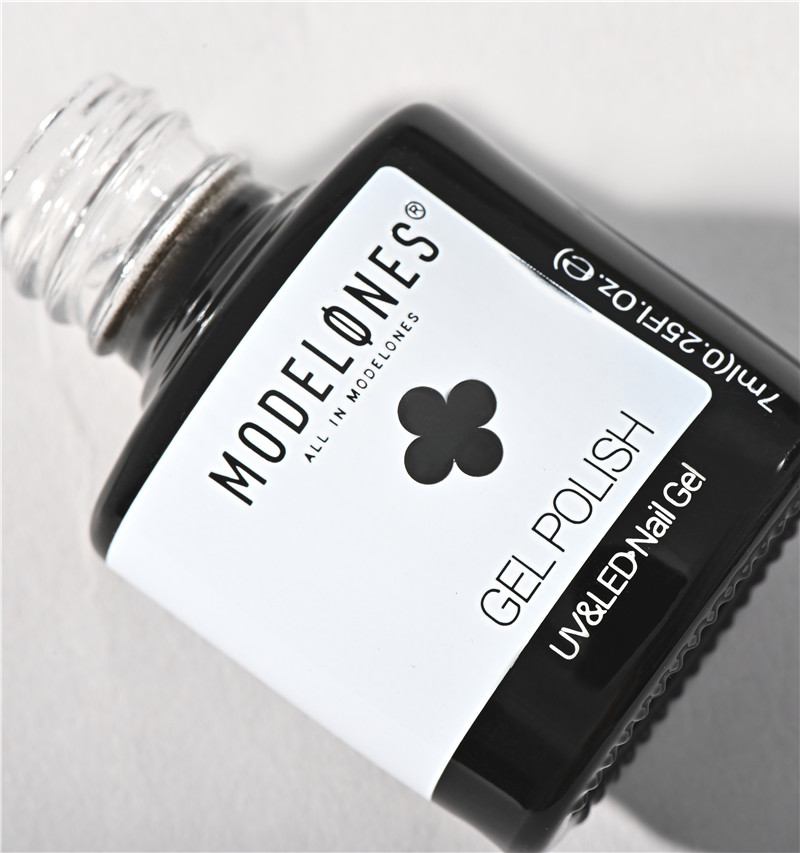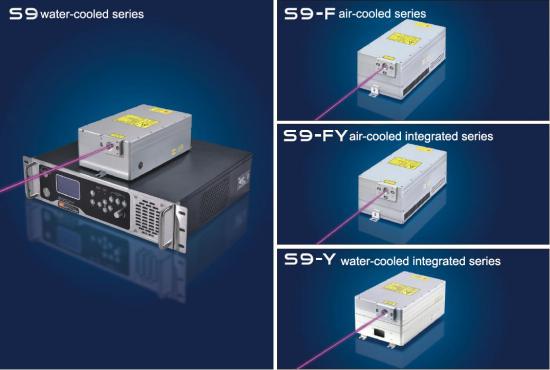
355nm UV pulsed lasers Lift Off of Polymer on Glass
Jan 03 , 2023The basic concept behind laser lift off is the difference in absorption of the laser light by one layer, typically a host substrate, and the filmstack being separated. In the case of LEDs for example, the GaN epi layer has a band gap of about 3.3 eV whereas the sapphire band gap energy is ~ 9.9 eV. Short wavelength laser light passes through the sapphire, and ablates the
interface when it couples with the GaN, thereby releasing the two materials. In order to achieve successful lift off beam quality and control are important. At IPG, innovative beam delivery techniques are implemented to achieve high-speed, high-yielding production processes.
Laser Lift Off
A laser light source is projected through a transparent material and is absorbed in an adjacent material on the backside, such as GaN on Sapphire. Confined plasma at the interface results in lift-off or separation of the materials
355nm UV pulsed lasers Lift Off of Polymer on Glass

Transfer of 3D wafer-based electronic device structures and polymer-based active matrix display panels such as AMOLED for smartphones (polymer backplane). Figure shows separation of 15 µm thick polyimide using a 355nm scanned laser.
Monolithic Advanced Lift Off in GaN
Shorter wavelengths/higher energy photons are better absorbed, resulting in shallower optical penetration depth in certain materials such as GaN. UV pulses can be used for separation of thin film semiconductor materials when the heat penetration depth needs to be minimal.
what is 355nm UV pulsed lasers: https://www.rfhtech.com/s9-series-3w-5w-10w-uv-laser_p9.html
